These are some of the items from “100 Questions and Answers About Veterans: A Guide for Civilians.” You can order the guide in print or as an ebook by following the link or from Amazon.
Why do some veterans object when thanked for their service?
How are commissioned and noncommissioned officers different?
Why are there homeless veterans?
What is the GI Bill?
What do Memorial Day and Veterans Day commemorate?
Who has veteran status?
Which conflict involved the most U.S. service personnel?
What percentage of veterans are women, and how is that changing?
Are WACS and WAVES veterans?
What was the military’s “Don’t Ask, Don’t Tell” policy?
Do women serve in combat?
What do we call members of the different branches?
What is military court?
What are the highest medals in the different branches?
What do the terms “head,” “go fasters,” and “moon beam” mean?
What is a DD214?
What are the types of discharge?
What is the role of Veterans Affairs?
What is PTSD?
Are veterans heroes?
Why do some veterans object when thanked for their service?
Sometimes, a civilian will say “Thank you for your service” to a veteran without knowing what that service might have been. Although well intentioned, the remark can sound superficial, much like “Have a nice day.” Some veterans may wish civilians would put words into action and support. It is probably safest not to assume that the veteran you just met would appreciate a hearty thank-you. Each veteran will interpret his or her service differently. It can be especially awkward to thank a veteran on Memorial Day, which is not for recognizing the living. Back to top | To order
How are commissioned and noncommissioned officers different?
Why are there homeless veterans?
According to the website of the National Coalition for Homeless Veterans, “a large number of displaced and at-risk veterans live with lingering effects of post-traumatic stress disorder and substance abuse, which are compounded by a lack of family and social support networks.” These factors combine with the difficulty some veterans have in finding jobs. Moreover, they can encounter a lack of affordable housing or medical care, and jobs that pay well. Back to top | To order
What is the GI Bill?
The GI Bill “provides financial support for education and housing to individuals with at least 90 days of aggregate service on or after Sept. 11, 2001, or individuals discharged with a service-connected disability after 30 days.” The bill provides as many as 36 months of education. Veterans’ children can receive tuition for in-state public schools and a monthly housing allowance. Veterans who do not use post-9/11 benefits may transfer them to their spouse or children. Benefits have changed over time, so veterans of different eras receive different levels of support. Back to top | To order
What do Memorial Day and Veterans Day commemorate?
In May 1868, the head of an organization of Union veterans — the Grand Army of the Republic, established May 30 as Decoration Day, a time to decorate the graves of the war dead with flowers. By the end of the century, Memorial Day was being recognized throughout the country. Memorial Day is for mourning those who have died in military service. Saying “Happy Memorial Day” is out of step. Some confuse Memorial Day with Veterans Day, which honors veterans. Originally called Armistice Day, Veterans Day marks the end of World War I fighting at 11 a.m. Nov. 11, 1918: the 11th hour of the 11th day of the 11th month. Back to top | To order
Who has veteran status?
This is complicated. Basically, a veteran is someone who served in the active military, naval or air service and was discharged or released under any condition besides dishonorable. This can include members of the Guard or Reserves. Contractors and others who work with the U.S. military do not become veterans because of their work. State and federal agencies have varying standards for determining eligibility for different services and benefits. Back to top | To order
Which conflict involved the most U.S. service personnel?
World War II involved 16,112,566 U.S. service personnel worldwide, according to the U.S. Department of Veterans Affairs (VA). The next largest were the Vietnam War with 8,744,000 and the Korean War with 5,720,000. Not all service personnel are assigned to combat areas. Back to top | To order
What percentage of veterans are women, and how is that changing?
The proportion of female veterans has been growing for about three decades. According to the VA, almost 4 percent of U.S. women were veterans in 1980. About 10 percent were veterans in 2015. That will rise to almost 18 percent by 2040. Back to top | To order
Are WACS and WAVES veterans?
The Women’s Army Corps (WAC) and the Women Accepted for Volunteer Emergency Service (WAVES) are veterans. In May 1941 during World War II, U.S. Rep. Edith Nourse Rogers (R-Mass.) drafted a bill that created a volunteer women’s corps for the Army. Members were given military status in 1943 as the Women’s Army Corps (WAC). WAVES served in the Navy and, though they were not members of the armed forces, Women Airforce Service Pilots (WASPs) provided support by flying planes. The Marines admitted women in 1943. Approximately 400,000 women served with the armed forces during World War II. Back to top | To order
What was the military’s “Don’t Ask, Don’t Tell” policy?
In 1982, President Ronald Reagan proposed a Department of Defense directive stating, “homosexuality is incompatible with military service.” It required that gays, lesbians and bisexuals be discharged from the military if they were discovered. “Don’t Ask, Don’t Tell” was instituted under the Bill Clinton administration in 1994 and said military applicants should not be questioned about their sexual orientation. The policy was dropped in 2011. Back to top | To order
Do women serve in combat?
From 1994 until 2013, women were allowed to serve in combat zones, but not in combat positions. In 2013, Secretary of Defense Leon Panetta and Chairman of the Joint Chiefs of Staff Gen. Martin Dempsey ended the ban on women in combat. The goal was a fully gender-integrated force by 2016. Back to top | To order
What do we call members of the different branches?
They are airmen, soldiers, Marines, sailors and guardsmen. Members of one branch are not called by names used for members of another. Back to top | To order
What is military court?
A military court, called a court-martial, is for trying members of the armed forces accused of breaking military law. The Uniform Code of Military Justice provides for three types of courts-martial: summary, special and general. These courts-martial differ in the severity of the charge, the number of court members present and severity of punishment. Back to top | To order
What are the highest medals in the different branches?
The highest is the Medal of Honor, which Congress can award to members of any branch of the armed forces. The second highest honor depends on the branch. Army personnel would receive the Distinguished Service Cross. Personnel in the Navy, the Marine Corps (and the Coast Guard, if acting under the Navy) would receive the Navy Cross. Air Force members would receive the Air Force Cross. The third-highest honor is the Silver Star, which can be awarded to members of any branch. Back to top | To order
What do the terms “head,” “go fasters,” and “moon beam” mean?
This is military jargon. Like any occupation, the military has its own language including thousands of slang terms. They can vary widely from era to era, branch to branch and place to place. They can be a kind of linguistic glue. Some slang is profane, racist or sexist. Some has crossed over into mainstream conversation. The “head” is the latrine or bathroom, “go fasters” are running shoes and a “moon beam” is a flashlight. Back to top | To order
What is a DD214?
Also called DD-214, DD Form 214 or just 214, this U.S. Department of Defense document is issued when military personnel retire, separate or are discharged. The certificate identifies the type of discharge and information of interest to employers. One veteran said, “It is an ID card, birth certificate and Social Security card all rolled into one.” It can include rank and last assignment, job specialty, military education, decorations, citations and campaign awards. Back to top | To order
What are the types of discharge?
There are six: honorable, general, other than honorable, bad conduct, dishonorable and entry-level separation. Service personnel who are medically discharged separate under one of these categories. Those who are dishonorably discharged are typically ineligible for veteran benefits. Back to top | To order
What is the role of Veterans Affairs?
The VA is responsible for providing veterans “benefits and services they have earned.” Its mission is to “fulfill President Lincoln’s promise ‘to care for him who shall have borne the battle, and for his widow, and his orphan’ by serving and honoring the men and women who are America’s Veterans.” Back to top | To order
What is PTSD?
Post-traumatic stress disorder, or simply post-traumatic stress, as some call it, can occur after experiencing an event that is harmful or potentially harmful to someone or those nearby. There are four types of reactions. They are: reliving the trauma; avoiding situations that recall it; negative changes in beliefs, feelings or thoughts; and always feeling on edge. Back to top | To order
Are veterans heroes?
Labels such as “hero” and “warrior” frequently are used to describe a veteran’s service. Veterans themselves are not often looking for these labels, nor do they feel labels accurately portray their service. Some veterans served in support roles that did not require heroism. Other veterans who might have done remarkable things say their actions were just part of the job or their only choice. As members of a unit that went into combat together, some are uncomfortable with being singled out for acclaim. Others have regrets about things they did not or could not do. Back to top | To order

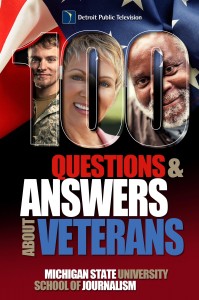
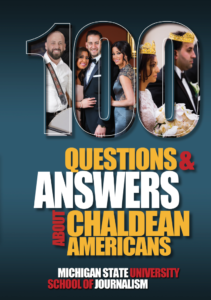

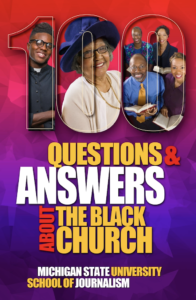
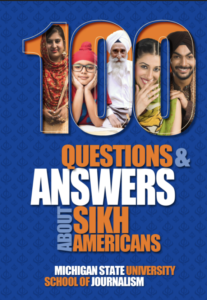
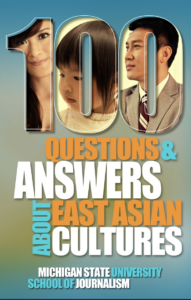

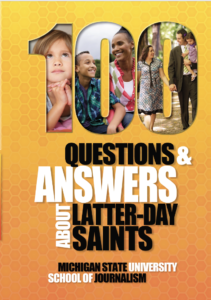



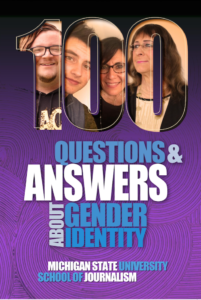
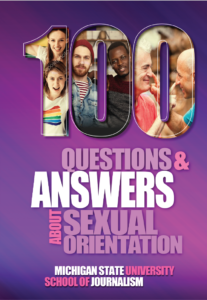


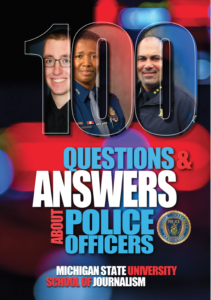



Pingback: The Diversity Style Guide: Important resource updated and expanded | Knight Digital Media Center